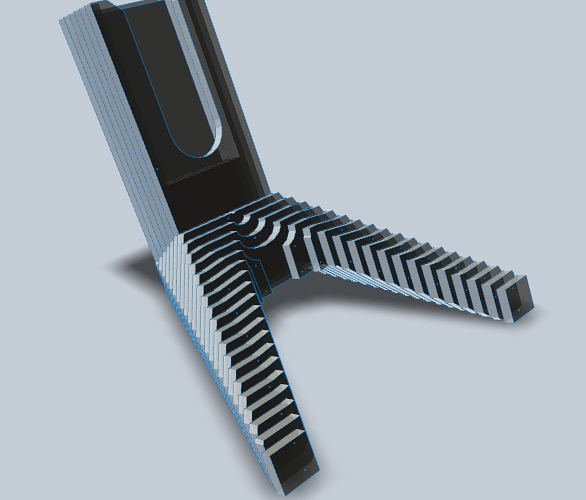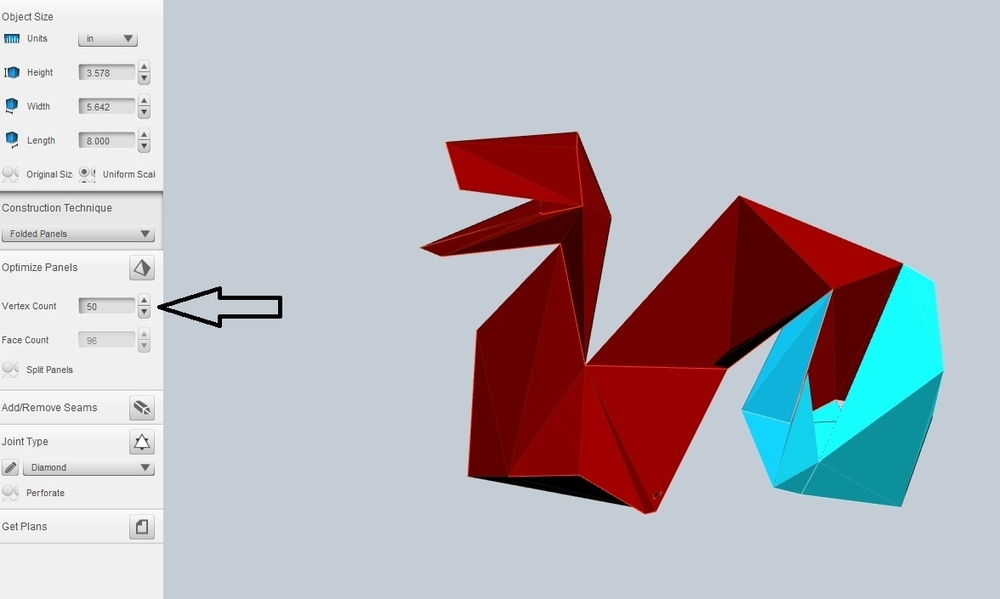


* I've corresponded with the author of Terrain2STL on this topic and got this reply "As for bathymetry - do you know of a good global bathymetry data set? I've looked into it a bit in the past but I haven't found a good, global map for ocean depth. I liked the look of the island in its raw plywood + blue acrylic form, so didn't bother finishing it. It's spectacular the hiking and fishing and snorkeling are all world class. It's far enough off shore that it is sometimes lost in the haze, but big enough that when it does emerge it looms enigmatically on the horizon. This example was done with Tuhua ( Mayor Island), a dormant volcano off the coast of New Zealand near where I grew up. You will need to cut the underwater land (I hope that makes sense) out of plywood (or whatever) and the water out of acrylic. I just looked up a bathymetric map and eyeballed a few layers. Terrain2STL does not provide bathymetric data (which would be cool!),* but for the effect you want it doesn't really need to be super-accurate.

I really wanted a version with water that showed depth, so I got some pale blue transparent acrylic and used it to represent water. I strongly recommend starting with cardboard - the material itself is cheap and the cutting time is fast. Once it has taken a form you like the look of, click on Get Plans (the Nested option uses material slightly more efficiently) and export the plan as an EPS file.

Very often, you will need to exaggerate the vertical scale to get interesting topography, and to get the features you want accurately displayed you may have to tweak the overall size of the model. Now, adjust the model size until you get a form that is pleasing. Click on the pencil under Manufacturing Settings and specify the width, length and exact thickness of the material you are going to use. It is important to consider what you are going to make the model out of. You will end up slicing the model, and you may have to rotate the Slice Direction so the material stacks as horizontal layers. Thanks to jon-a-tron for answering this on the Autodesk Forums. It will launch Slicer, and at that point you can open the STL file you want to use just fine. KNOWN BUG: if you get the error message "File has failed to open in Slicer for Fusion 360, please try again", select instead a simple non-STL geometry (e.g. Slicer for Fusion 360, and it will launch as a new program (which used to be a standalone product called 123D Make). Browse to your downloaded STL file, and open it. Open Fusion 360 and make sure you're in the DESIGN space, and select Insert.


 0 kommentar(er)
0 kommentar(er)
